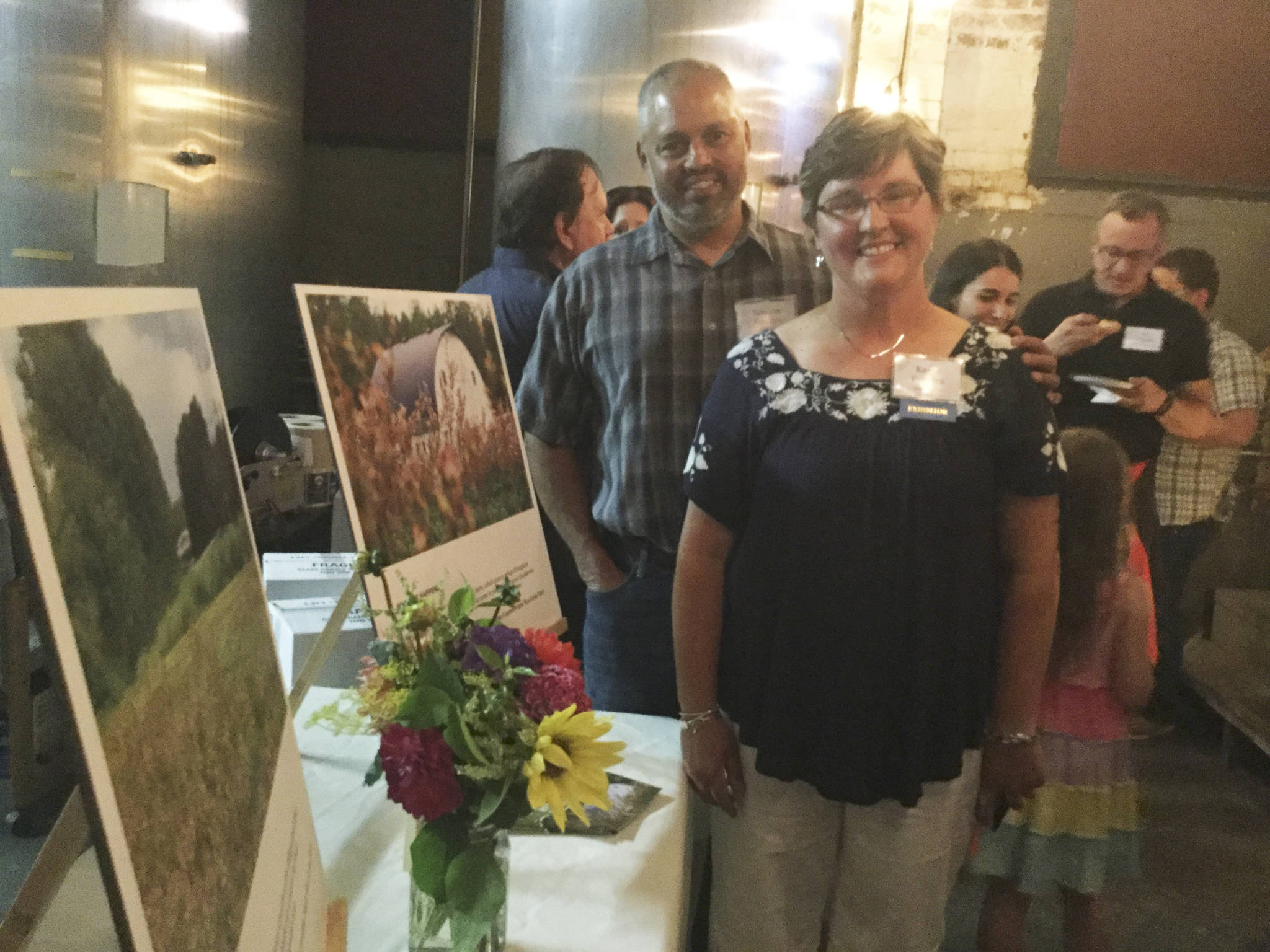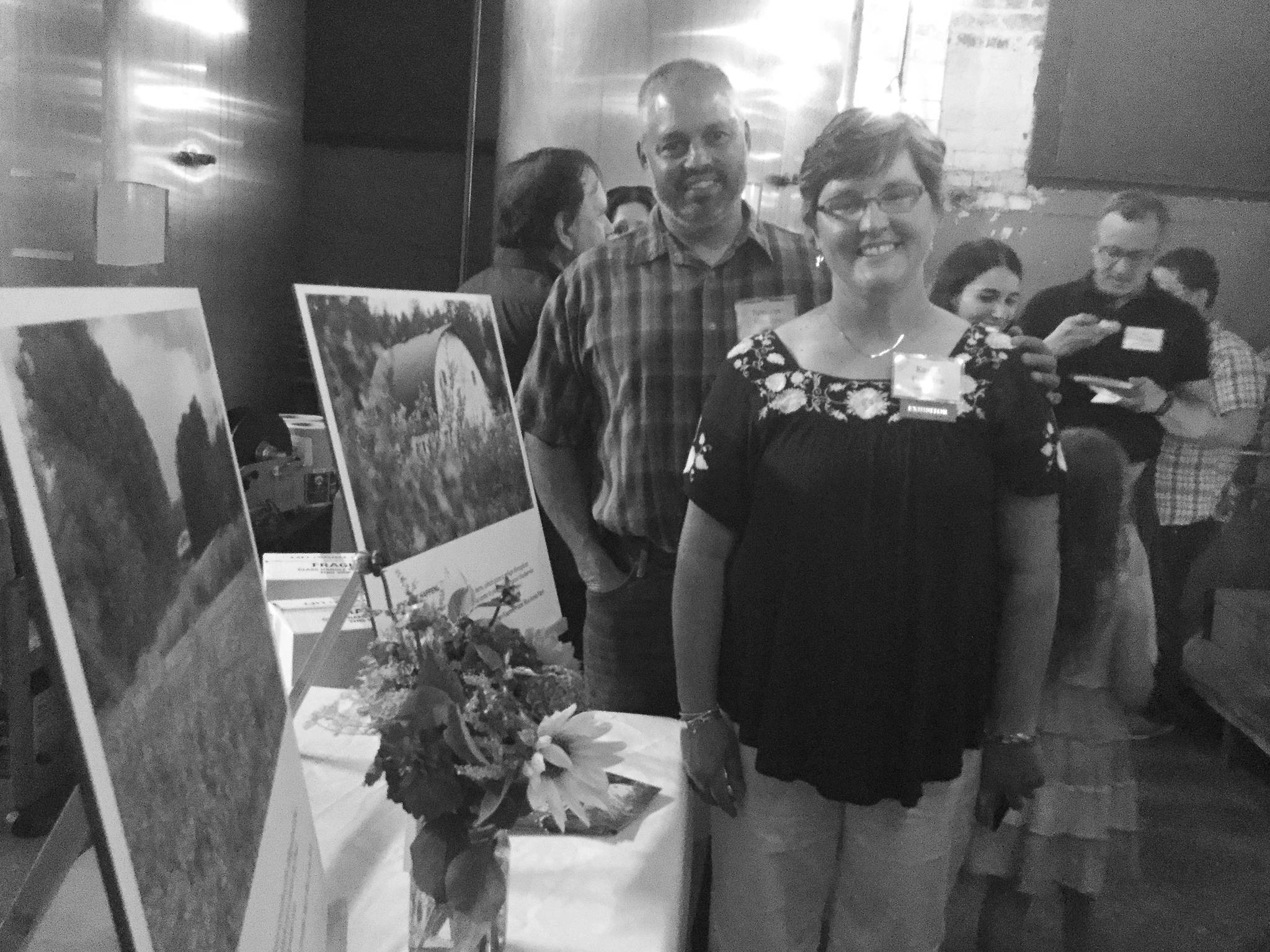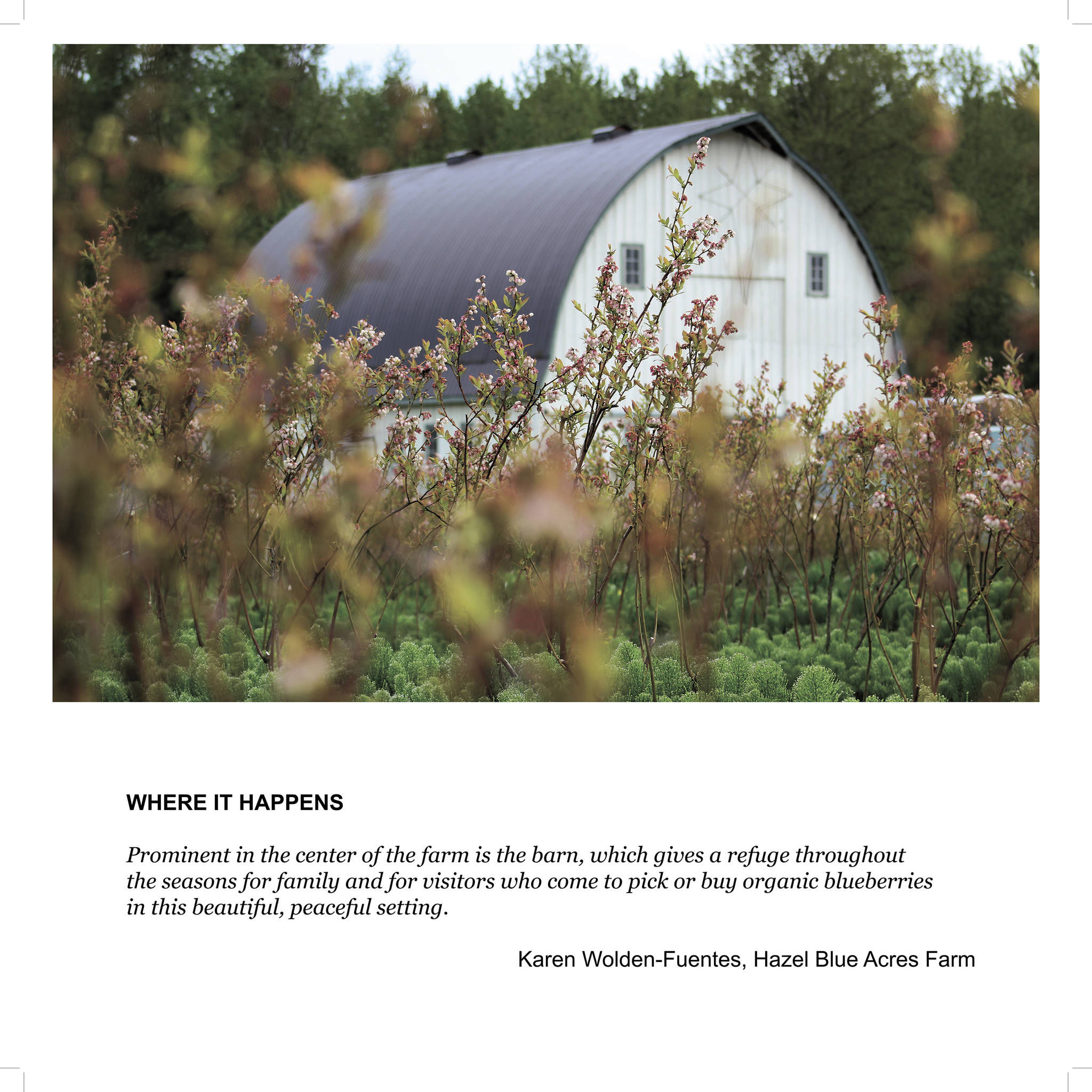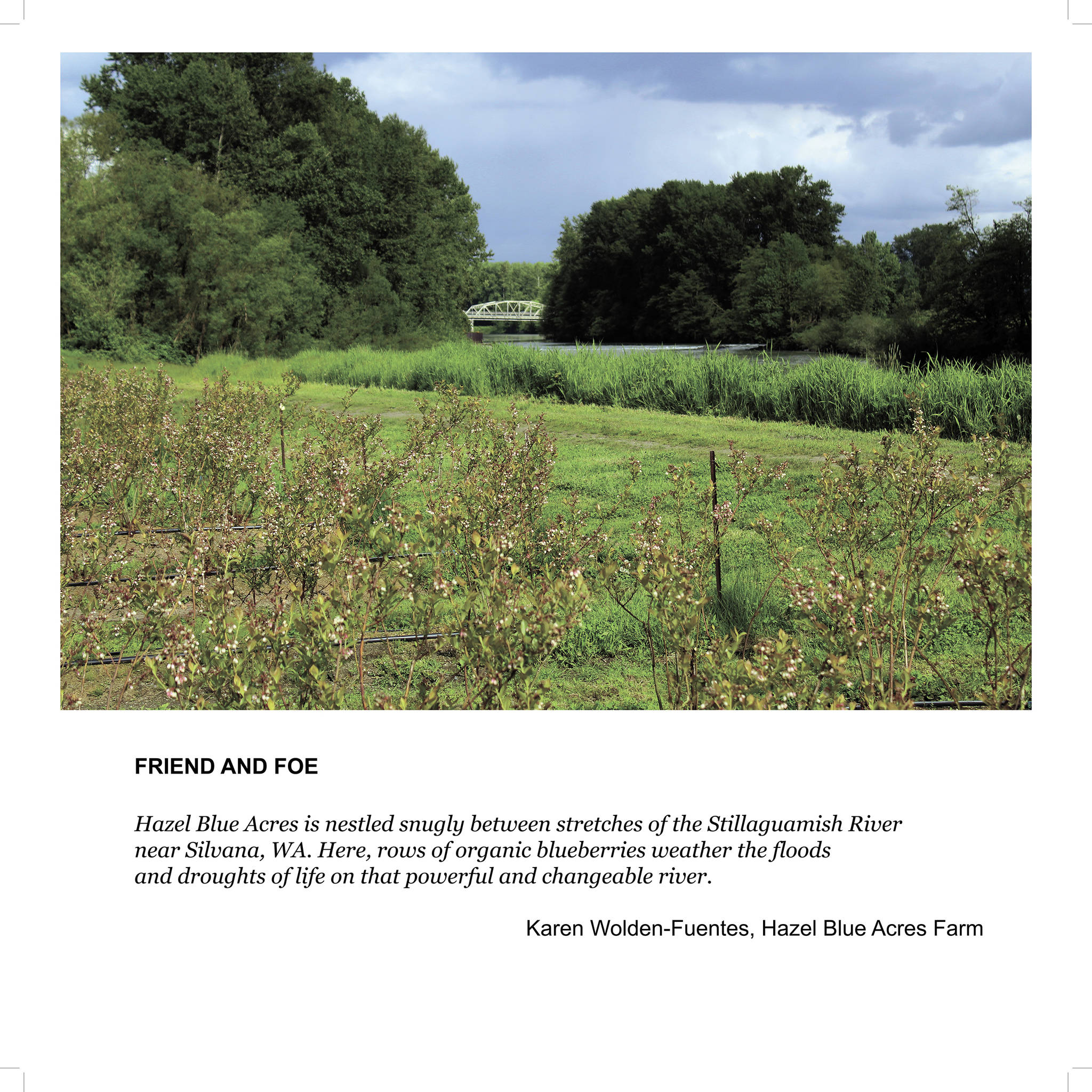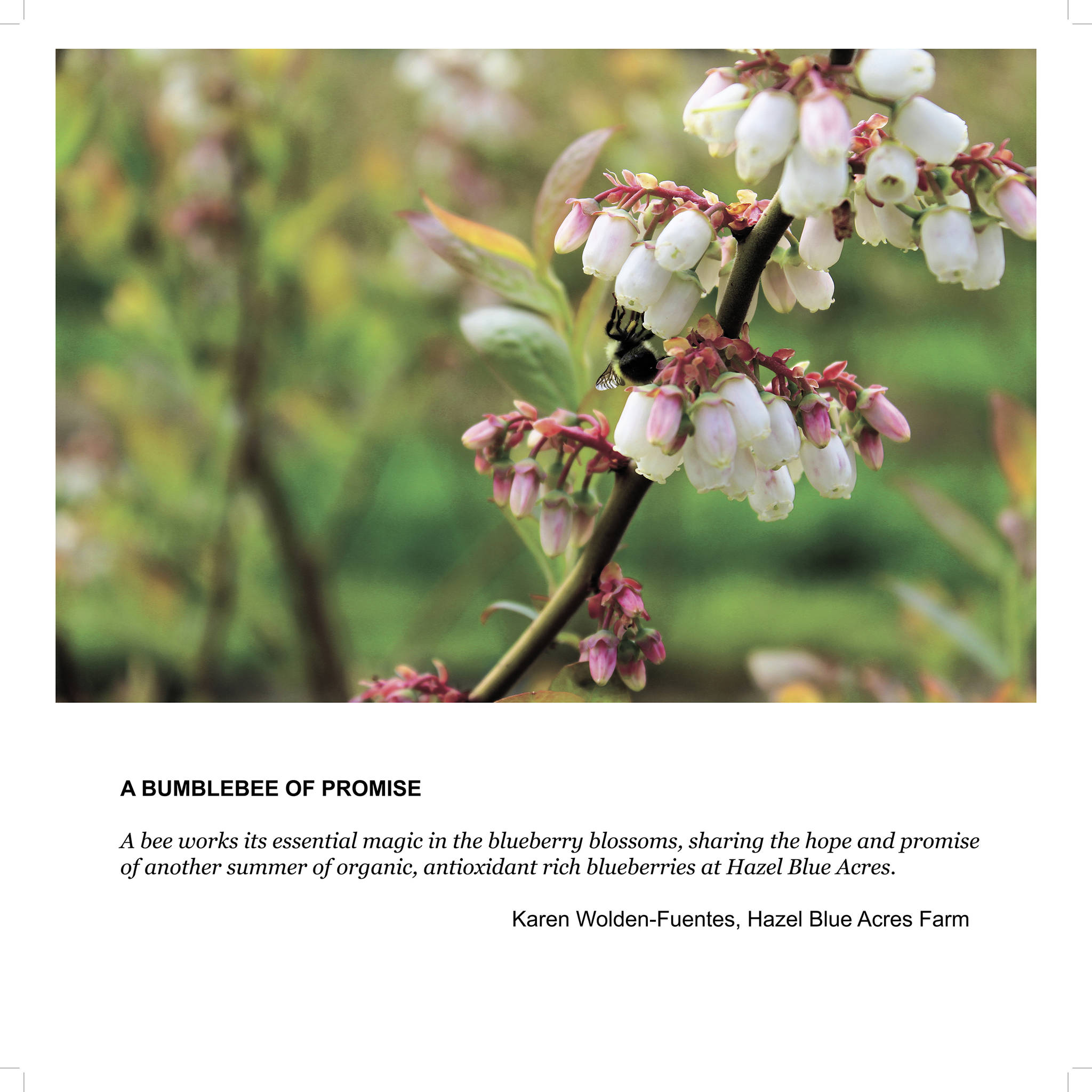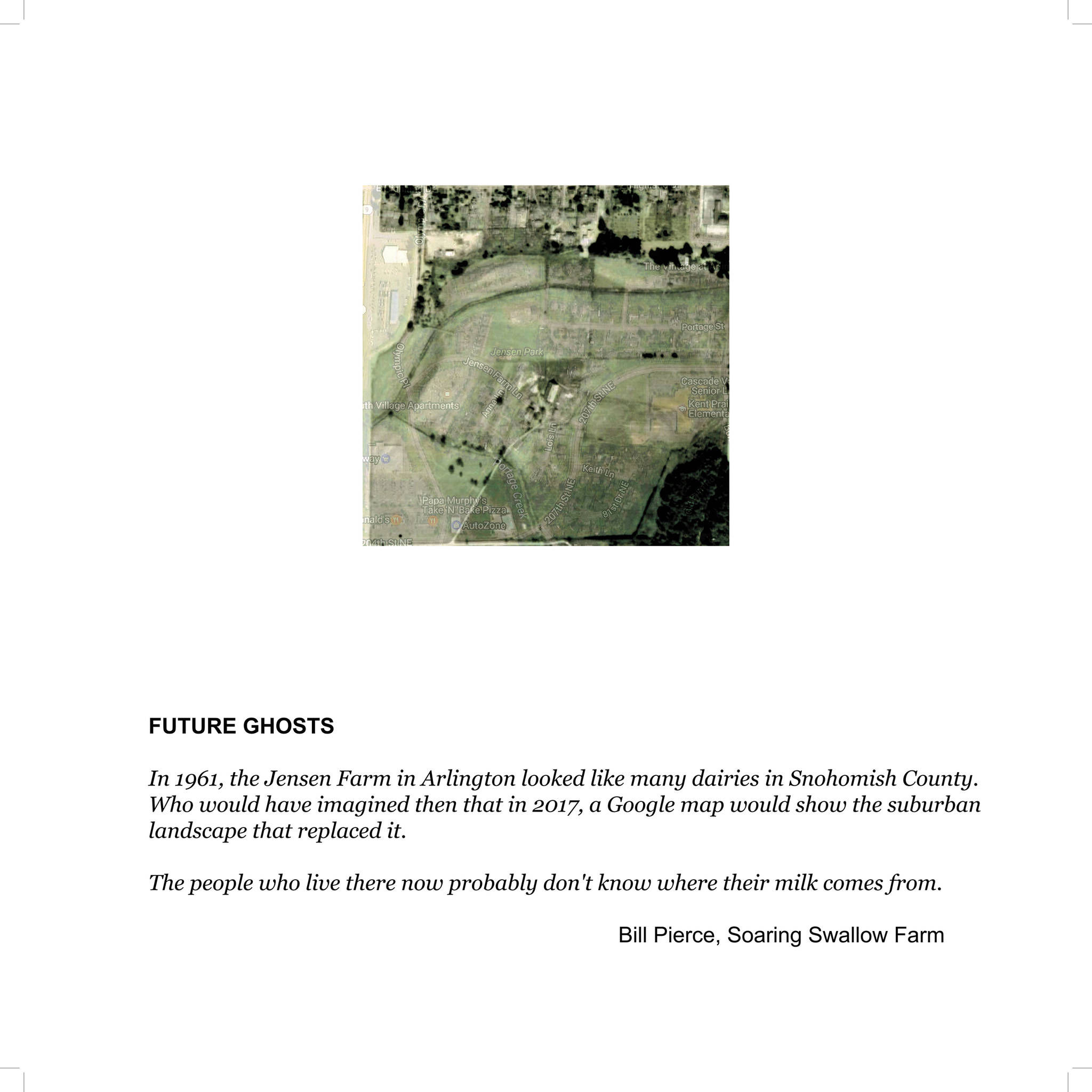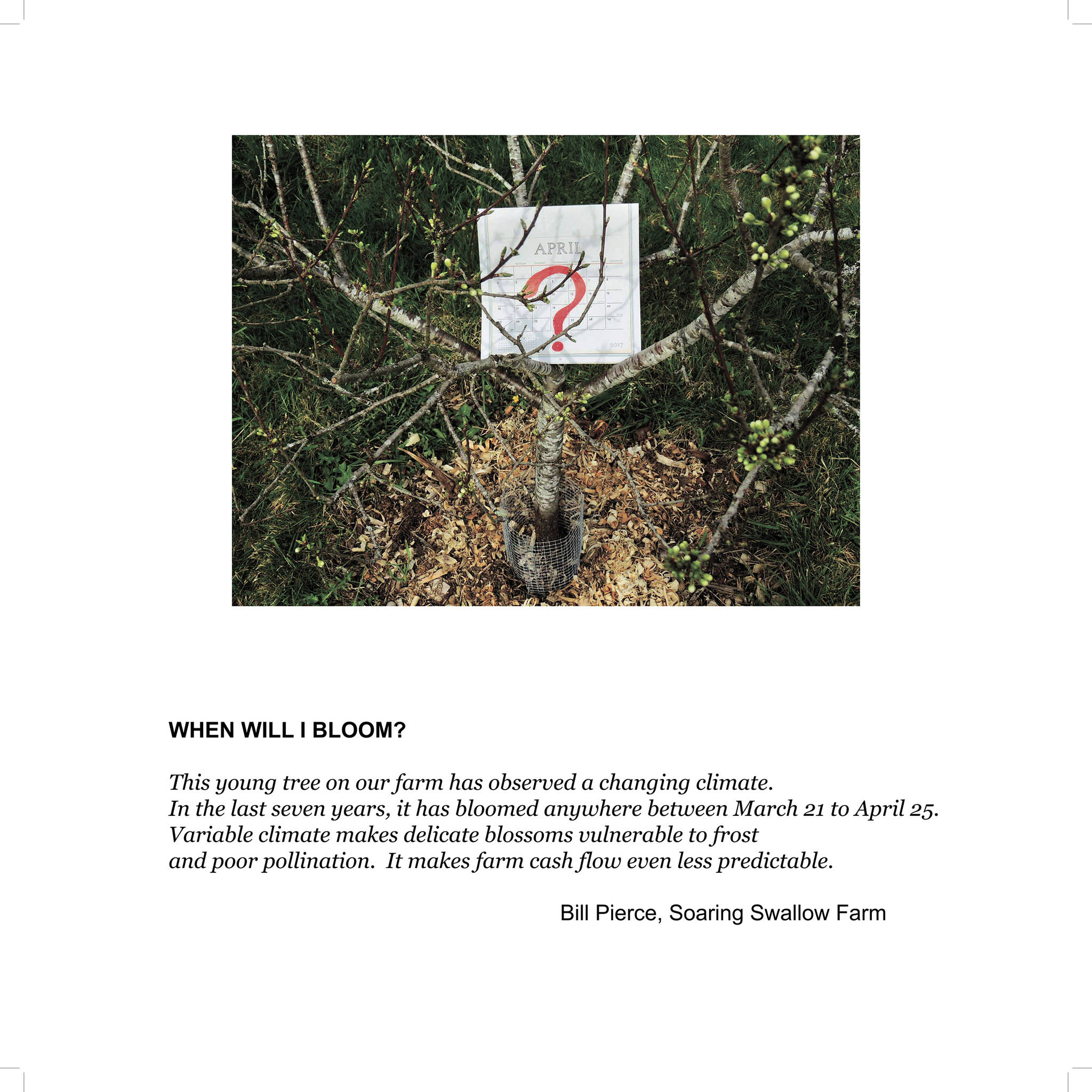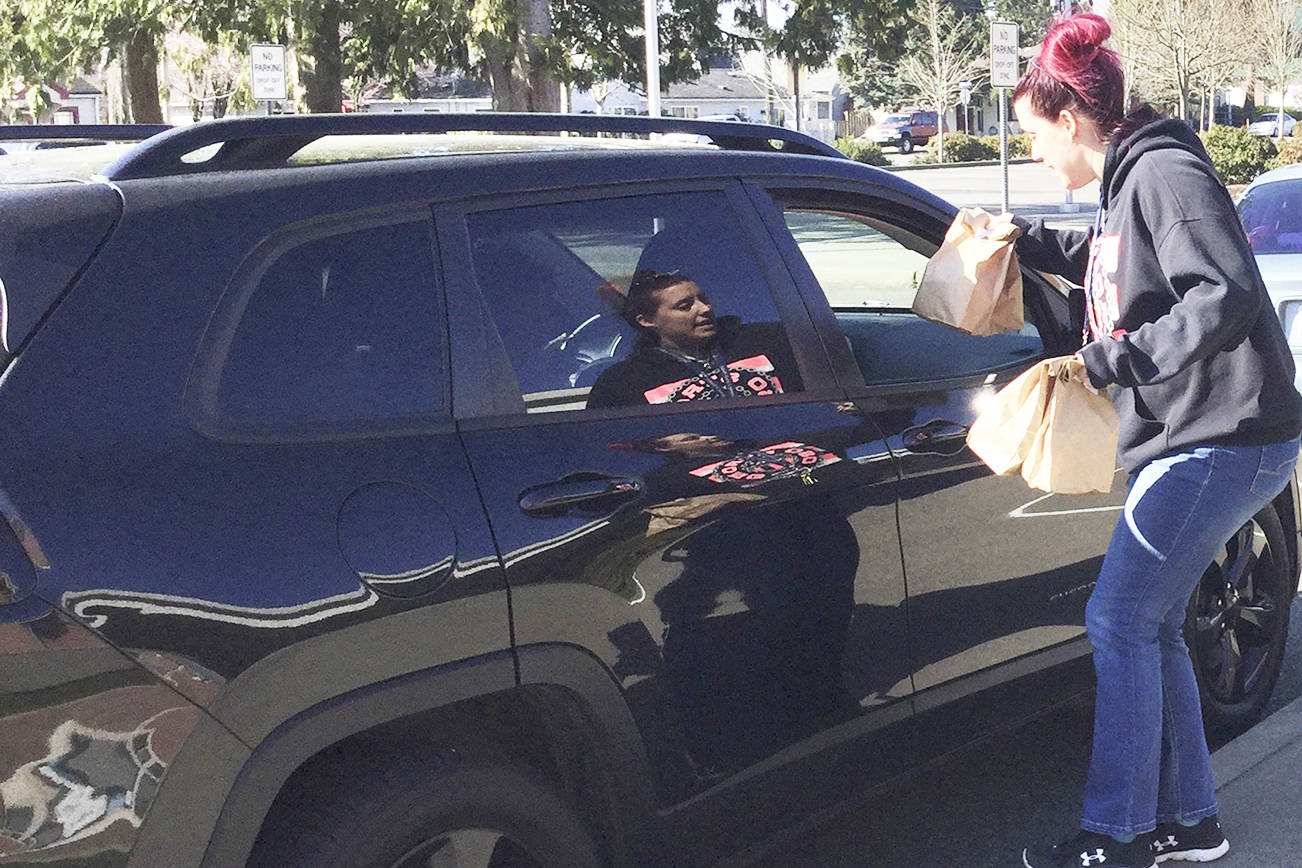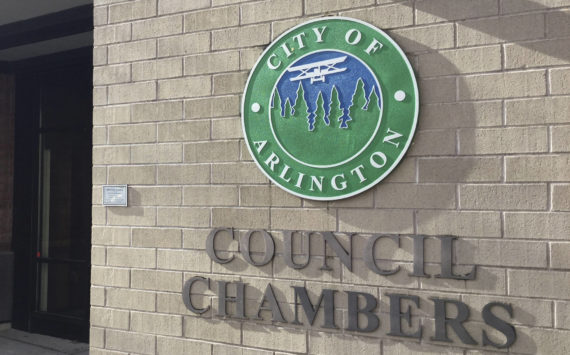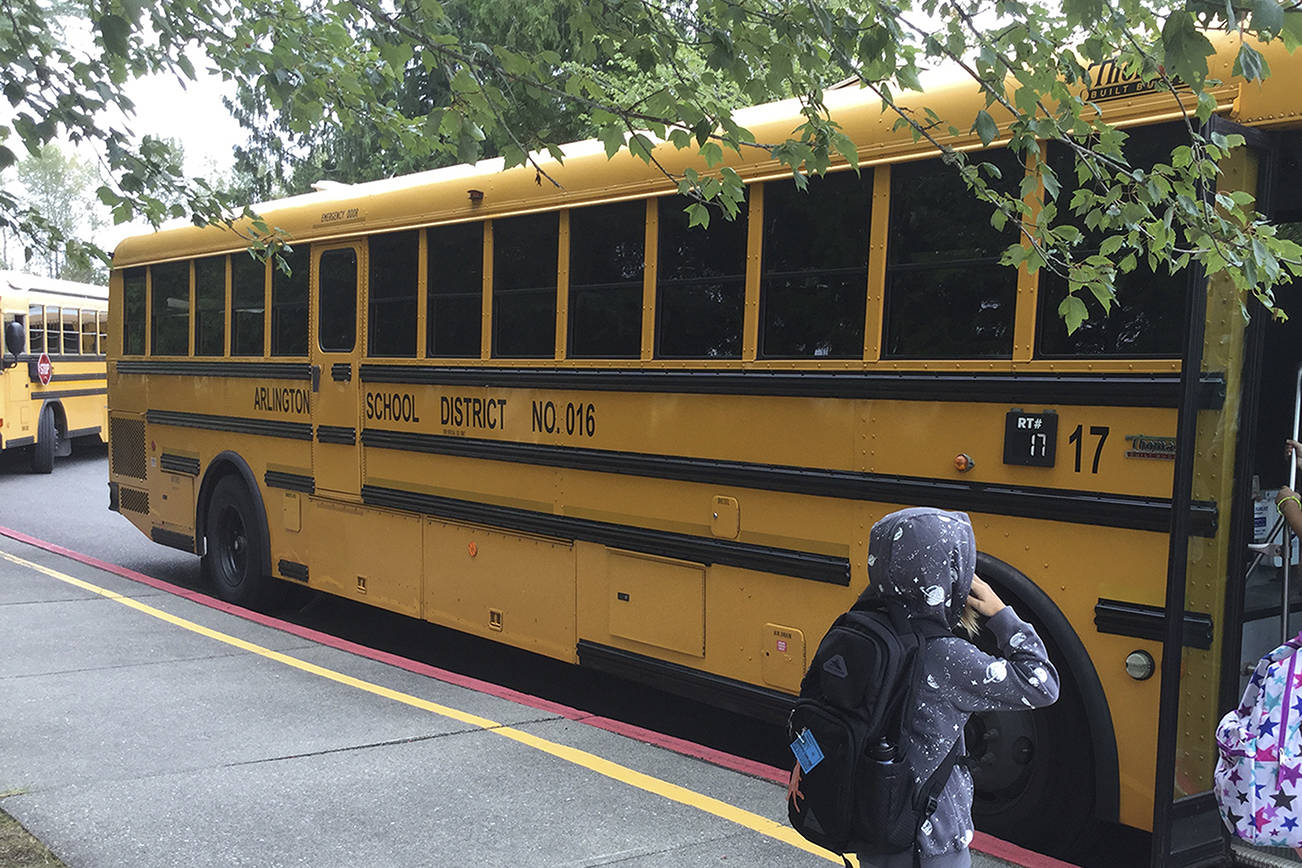SNOHOMISH – The popular idiom “a picture is worth a thousand words” is almost as old as turn-of-the-century farming.
The phrase aptly describes a photo exhibition that offered a look at farming in Snohomish County through the eyes of camera-toting farmers themselves, and the hopes and challenges that agricultural life faces in modern day.
Snohomish Conservation District and The Nature Conservancy showcased a new project teaming up with county farmers called “Agricultural Resilience: A Photovoice Exhibition” on Monday at Skip Rock Distillers in Snohomish.
Cindy Dittbrenner, Natural Resources program manager with the conservation district, has been working with farmers a little over a year on the Agriculture Resilience Plan for Snohomish County aimed at helping farmers plan for future changes and risk.
“The Photovoice project is an integral part of this work,” she said, adding the project helped planners gain different perspectives on issues from the agriculture community.
Photovoice is a group process where local food growers used their own photographs and works to identify and address issues that impact their lives and communities. The event was an opportunity for decision makers, the public and partnering agencies to view the exhibition and speak with farmers about the messages they hope to share through their photos.
The exhibit included works from seven farms in the Stillaguamish and Snohomish watersheds, including Arlington’s Soaring Swallow Farm owned by Bill Pierce and Silvana-area Hazel Blue Acres owned and run by Spencer and Karen Fuentes.
Spencer grew up on the 10-acre family dairy farm in the Stilly flood plain east of Silvana before the couple started growing organic blueberries, along with Hazelnuts, in 2010. Karen handled the photography duties, and attended the four workshops with other farmers. They talked about their photo collections and what agriculture resiliency looks like to them at a time when climate change, encroaching urban development, reliable water resources and flooding, along with related ecological and community impacts, are taking their toll.
She chose to build her photo collection around assets at Hazel Blue Acres, starting with where the action happens – the barn.
“Prominent in the center of the farm is the barn, which gives a refuge throughout the seasons for family and for visitors who come to pick or buy organic blueberries in this beautiful, peaceful setting,” she said.
“Then I mentioned something about the Stillaguamish River, because the very river that made this wonderful farmland is both our friend and foe,” Fuentes said. “Rows of organic blueberries weather the floods and droughts of life on that powerful and changeable river.”
Bill Pierce and his wife Lisa own their nonprofit farm north of Arlington on Highway 9. The small farm produces organic fruit and vegetables for friends, family and food banks.
With a background in photojournalism, Pierce’s three favorite photos looked at the way urban and suburban life are replacing rural life, the advent of less-available farmland to grow food for a growing population, and the observable effects of climate change familiar to farmers.
“The most important challenge of the 21st century is going to be learning to live with our environment and learning to live in a way that doesn’t destroy the very systems on which our health exists,” Pierce cautioned.
“Snohomish County is beating its plowshares into condos,” he added. “Once, our living came from the land. Now, we crowd into compact development, shop at big box stores and work in urban environments. Arable land is disappearing.”
Heather Cole, community relations manager with The Nature Conservancy, which devised the idea for the Photovoice project, said agricultural viability requires being open to new ideas. Multiple uses occupy the county’s two major river valleys and flood plains, she said.
“They’re home to salmon, tribal partners, home to farms and cities,” Cole said. “Working together with all those multiple uses helps us all benefit, and our communities thrive.”
The resilience plan ties into the county Sustainable Lands Strategy to achieve a net gain for fish, farms and flood risk reduction, she said.
And, she added, “ So farmers have the tools that they need in order to better adapt to climate change over time. The resilience plan really fills an important gap for this integrated flood plain vision.”
Exhibit online
The Photovoice exhibit is online at snohomishcd.org/ag-resilience/.
